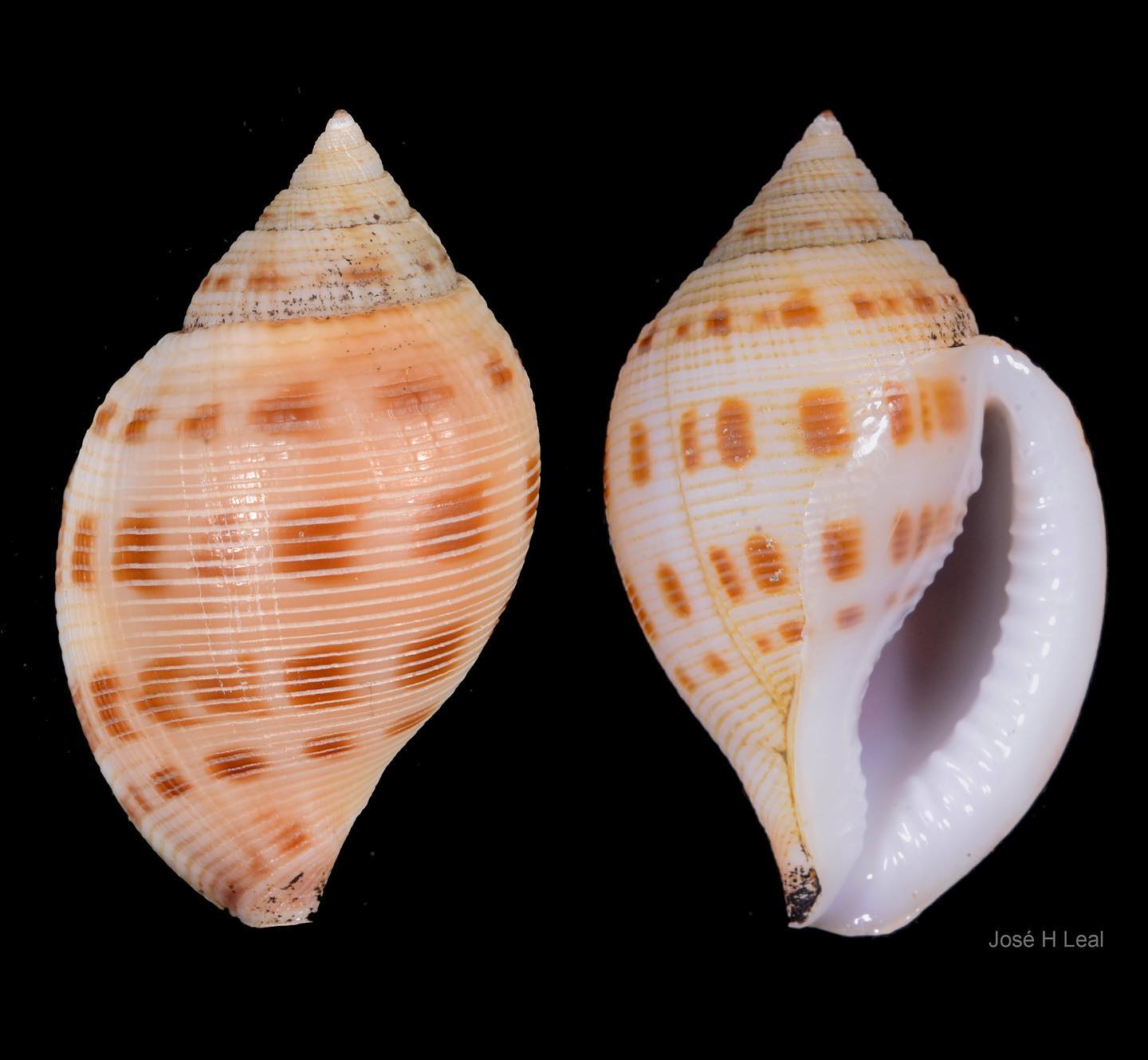Summary:
– The elegant Royal Bonnet, Sconsia gray, is a species closely related to the famous Scotch Bonnet, Semicassis granulate.
– The Royal Bonnet lives in deeper waters, typically found at depths ranging from 27-640 meters (90-2,100 feet).
– Its habitat includes the Gulf of Mexico, off the coast of east Florida, the Florida Keys, the greater Caribbean, and eastern Brazil.
– The species can grow up to 71 mm (2.8 inches) in length.
– A recent collection of a Royal Bonnet shell, measuring about 30 mm (1.2 inches), was obtained during a research cruise led by Dr. Greg Herbert on the Research Vessel W. T. Hogarth.
Have you ever heard of the elegant Royal Bonnet, Sconsia Gray? This stunning marine species is a close relative of the famous Scotch Bonnet, Semicassis granulata. While they may appear similar at first glance, the Royal Bonnet has a few unique and fascinating qualities that set it apart. Join me on a journey into the ocean’s depths as we explore the captivating world of the Royal Bonnet.
Unlike its cousin, the Royal Bonnet prefers to dwell in deeper waters. It can be found at depths ranging from 27 to 640 meters (90 to 2,100 feet). This preference for the abyss gives the Royal Bonnet a distinct aura of mystery. Its deep-sea habitat includes the Gulf of Mexico, off the coast of east Florida, the Florida Keys, the greater Caribbean, and even as far south as eastern Brazil. Imagine the vast underwater landscapes that these beautiful creatures call home!
In terms of size, the Royal Bonnet can reach up to a length of 71 mm (2.8 inches). It may not be the largest of its kind, but its petite nature adds to its delicate charm. To give you a better idea, a shell of a Royal Bonnet, measuring about 30 mm (1.2 inches), was recently collected during a research cruise led by none other than the esteemed Dr. Greg Herbert from the University of South Florida. This particular specimen was captured during the October 2021 NE Gulf of Mexico Cruise aboard the Research Vessel W. T. Hogarth, and its intricacies were beautifully captured in a photograph.
Now that we have a general understanding of the Royal Bonnet and its characteristics let’s delve deeper into its natural history and behavior. Being a marine creature, the Royal Bonnet has adapted to life underwater. Its streamlined shape allows agile movement through the water, making it an efficient hunter.
Speaking of hunting, the Royal Bonnet has a diverse palate. Consuming a variety of small organisms such as worms, mollusks, and crustaceans, it plays a crucial role in maintaining the balance of marine ecosystems. These creatures are nature’s custodians, keeping the delicate web of life intact.
One interesting aspect of the Royal Bonnet’s behavior is its ability to camouflage itself among its surroundings. Its shell showcases intricate patterns and colors that resemble its environment, protecting potential predators. This captivating adaptation is crucial for its survival in the vast and often unforgiving ocean depths.
But what about its interaction with others of its kind? The Royal Bonnet is not known for its friendly nature. It tends to live solitary, venturing out to find food or suitable breeding grounds. This independent streak makes encounters with other Royal Bonnets a rare and magical sight for those lucky to witness.
The ultimate goal of this article is not just to inform you about the Royal Bonnet but also to inspire a sense of awe and wonder for the incredible diversity of life in the world’s oceans. The Royal Bonnet is just one example of the countless species that inhabit our planet, each with its unique story.
So, the next time you find yourself near the Gulf of Mexico, the coast of Florida, or even the Caribbean, take a moment to ponder the hidden world beneath the waves. Who knows, you might glimpse the elegant Royal Bonnet gracefully navigating the depths, reminding us of the beauty and fragility of our natural world.
In conclusion, the Royal Bonnet, Sconsia Gray, is not just another marine species. It is a fascinating creature with a close kinship to the Scotch Bonnet, yet it possesses distinct traits and characteristics. Its preference for deeper waters, its role as a marine custodian, and its intricate shell patterns all contribute to its allure. Through this article, we hope to have ignited a sense of curiosity and appreciation for the wonders of nature and the diverse wildlife beneath the surface of our oceans.
*****
Source Description
The elegant Royal Bonnet, Sconsia gray, is a close relative of the famous Scotch Bonnet, Semicassis granulate. The Royal Bonnet, however, dwells in deeper water, being found at depths from 27−640 m (about 90−2,100 ft). It occurs in the Gulf of Mexico, off the coast of east Florida, the Florida Keys, in the greater Caribbean, and south to eastern Brazil. The species may reach 71 mm (about 2.8 inches) in length. The shell illustrated measured about 30 mm (or 1.2 inches), was collected (by dredge) during the October 2021 NE Gulf of Mexico Cruise led by Dr. Greg Herbert (University of South Florida), and photographed aboard the Research Vessel W. T. Hogarth (Florida Institute of Oceanography).


